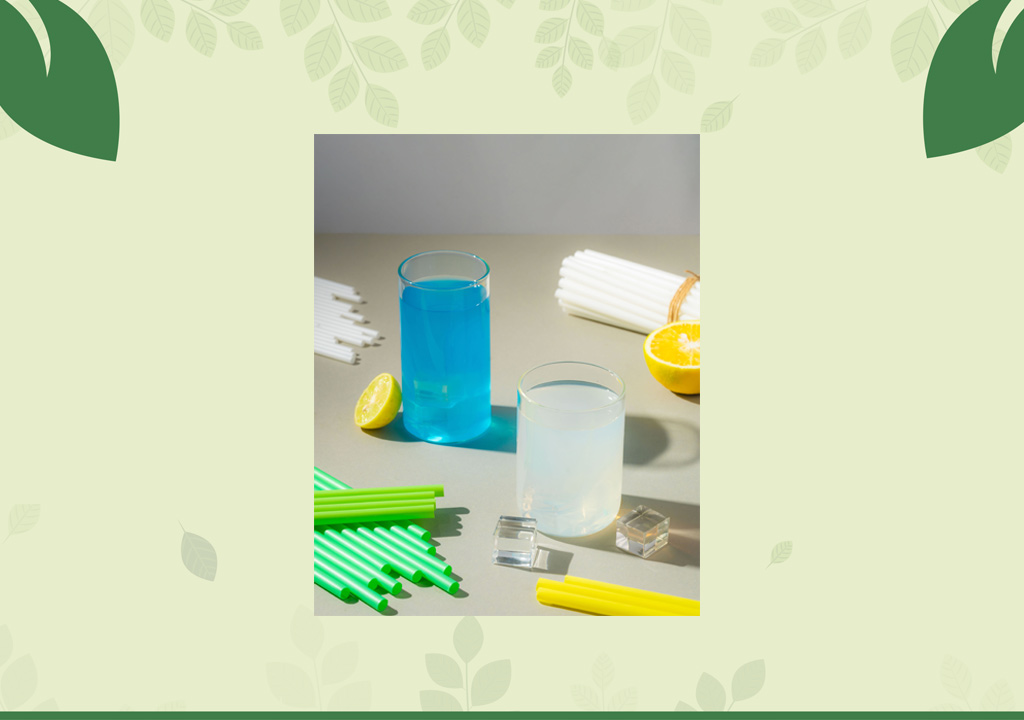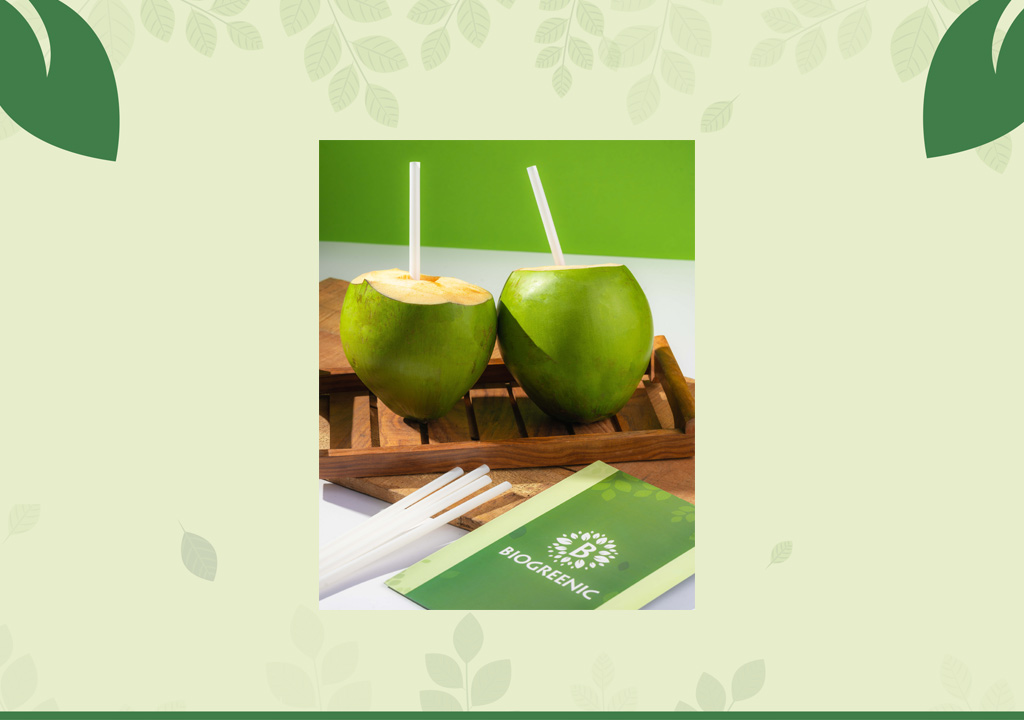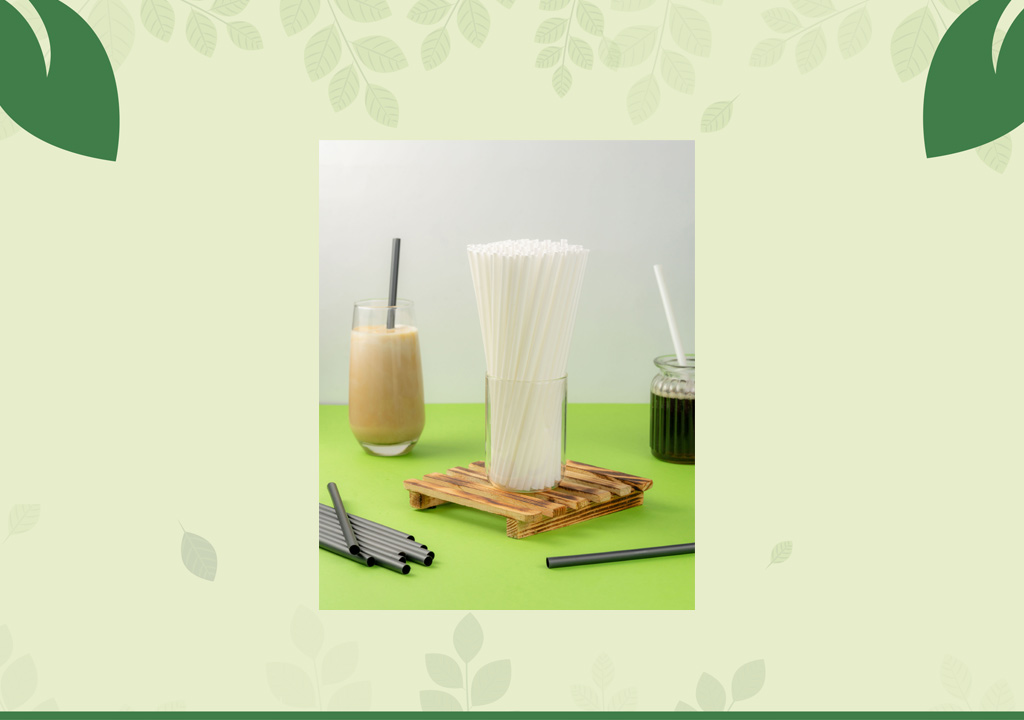PLA (polylactic acid) straws have emerged as an eco-friendly alternative to plastic straws, but several myths surround their use. Let’s debunk these misconceptions and shed light on the true benefits and limitations of PLA straws.
Myth 1: PLA Straws are Just as Harmful as Plastic Straws
Unlike traditional plastic straws made from petroleum-based materials, PLA straws are derived from renewable resources and designed to break down more quickly under industrial composting conditions. This significantly reduces their environmental impact compared to conventional plastics.
Myth 2: PLA Straws Contain Harmful Chemicals
PLA is generally recognized as safe (GRAS) by the FDA for food contact and does not contain BPA or other toxic chemicals, making PLA straws a safer choice for consumers.
Myth 3: PLA Straws Can't Handle Hot Beverages
High-quality PLA straws are designed to withstand typical hot beverage temperatures. However, checking the manufacturer’s recommendations for proper usage is always best.
Myth 4: PLA Straws Are Not Cost-Effective
While initially more expensive, the cost difference between PLA and traditional plastic straws is decreasing. The environmental benefits and positive brand image associated with using eco-friendly products can lead to long-term savings and customer loyalty.
Myth 5: PLA Straws Are a Perfect Solution to Plastic Pollution
PLA straws are a significant step towards sustainability but not a complete solution. Reducing single-use items, improving waste management, and promoting recycling and composting are also essential.
Conclusion
PLA straws offer a more sustainable alternative to plastic straws. By debunking these myths, we can make informed choices and support the transition to a greener future. While not without limitations, PLA straws are valuable in reducing plastic pollution and protecting the environment.








